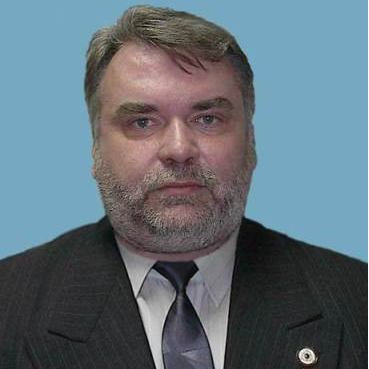Preprint
Article
Addressed Combined Fiber-Optic Sensors as Key Element of Multi-Sensor Greenhouse Gas Monitoring Systems
Altmetrics
Downloads
202
Views
146
Comments
0
A peer-reviewed article of this preprint also exists.
Submitted:
21 June 2022
Posted:
21 June 2022
You are already at the latest version
Alerts
Abstract
The design and usage of the addressed combined fiber-optic sensors (ACFOS) and the multisensory control systems of the greenhouse gas concentration on their basis are investigated. The main development trend of the combined fiber-optic sensors (CFOS), consisting of the fiber Bragg grating (FBG) and the Fabry-Perot resonator (FPR), which are successively formed at the optical fiber end, is highlighted. The addressed fiber Bragg structures (AFBS) usage instead of the FBG in the CFOS leads not only to significant cheapening of the sensor system due to microwave photonics interrogating methods, but also to increasing its metrological characteristics. The structural scheme of the multisensory gas concentration monitoring system is suggested. The suggested scheme allows detecting four types of the greenhouse gases (СО2, NO2, CH4, OX) depending on the material and thickness of the polymer film, which is the FPR sensitive element. The usage of Karunen-Loeff transform (KLT), which allows separating each component contribution to the reflected spectrum according to its efficiency, is proposed. In the future, it allows determining the gas concentration at the AFBS address frequencies. The estimations have shown that the ACFOS design in the multisensory system allows measuring the environment temperature in the range of −60…+300 °C with an accuracy of 0.1–0.01 °C, and the gas concentration in the range of 10…90% with the accuracy of 0.1–0.5%.
Keywords:
Subject: Engineering - Automotive Engineering
Copyright: This open access article is published under a Creative Commons CC BY 4.0 license, which permit the free download, distribution, and reuse, provided that the author and preprint are cited in any reuse.
MDPI Initiatives
Important Links
© 2024 MDPI (Basel, Switzerland) unless otherwise stated







